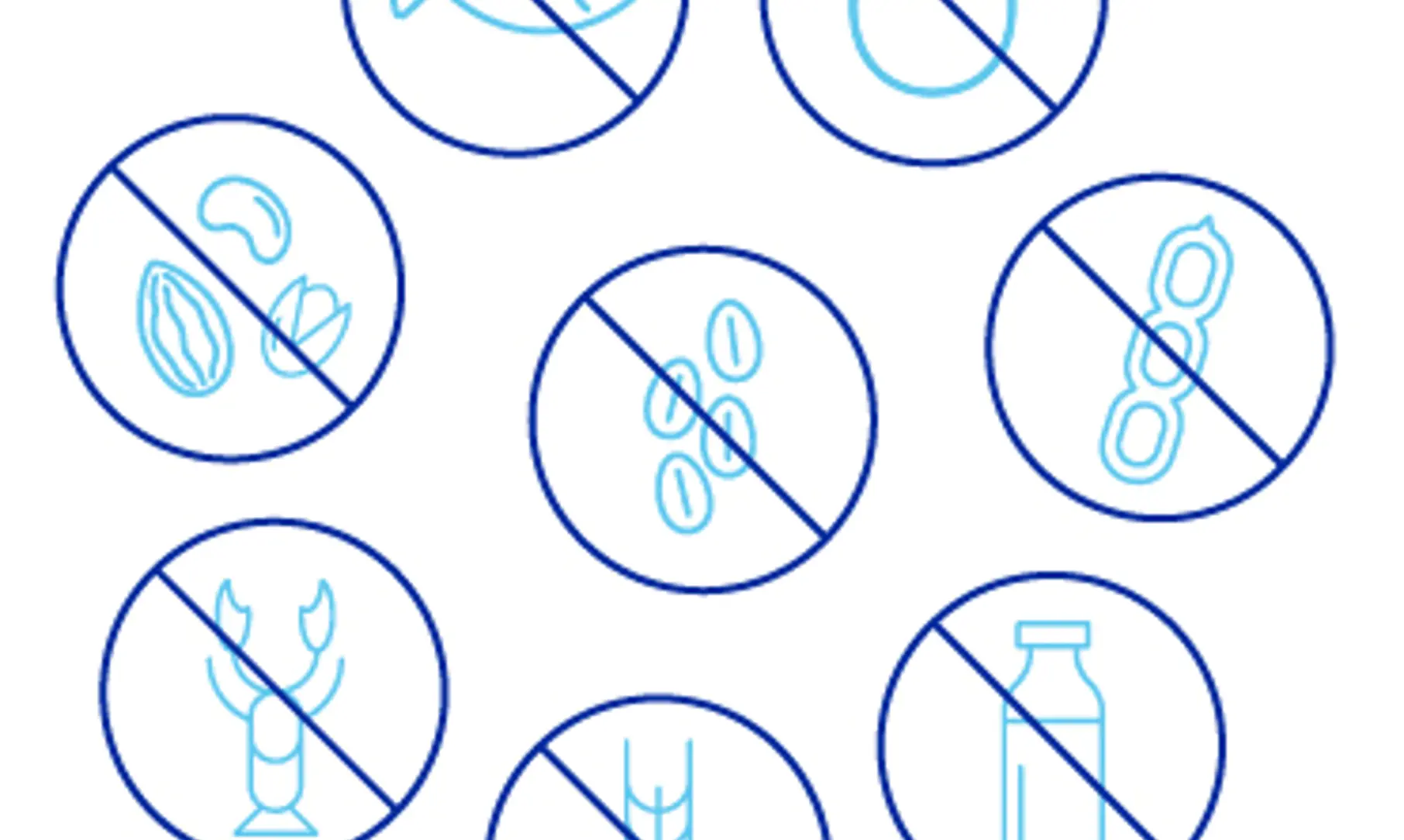The rise of “free from”

The rise of food and beverage products that are “free from” certain ingredients has risen substantially in recent years. Let’s find out why – and what that means for the industry – in Functionality Rules part six.
The market for “free from” food and beverage products shows projected annual growth of almost 8% from 2018 to 2026 for a total market value of $161.2 billion. But which factor has had most influence over this niche segment’s rise, and how is the food and beverage industry responding?
Why go for free from?
Rising food allergies, dietary trends and common misconceptions around certain ingredients. Each has had an impact on the “free from” market; each for different reasons. However, with allergies and intolerances forcing more and more consumers to alter their diets for good, this is likely to be the influencing factor with the most impact.
The Big 8
So, what counts as a major allergen and what are manufacturers doing to accommodate consumers? To start with, we have the “Big 8” allergens: milk, eggs, fish, peanuts, shellfish, soy, tree nuts, and wheat. Following on from this list, other common allergens include gluten, mustard and sesame – the latter of which was the first “new” allergen to be added to the Food Allergen Labeling and Consumer Protection Act since 2006.

The impact of legislation on manufacturers
To help consumers eat safely, governments across the world have spent decades introducing legislation to ensure food and beverage manufacturers list known allergens on food labels. Examples include the UK Food Safety Act of 1990 – which has spawned other legislation including Natasha’s Law – as well as the introduction of new FDA standards in the US. For manufacturers, this means more transparency about their production processes and more comprehensive labelling on packaging – so that consumers who must avoid certain ingredients feel seen and protected.
Promoting free-from products the right way
This niche market offers manufacturers a real chance to connect with consumers and build long-term trust. But further to labelling a product gluten free, nut free and so on, it is vital to consider how such information should be displayed. For the most part, using the universal symbols for the “Big 8” and giving them prominent positioning on packaging is likely the best answer. Consumers who rely on such products don’t want to feel like they have to do extra work when shopping to find out if they can eat something. Most ingredient lists on the back of packages also put allergens in bold, in parenthesis, or as a “may contain” note at the end. All are tried and tested methods, and all undoubtedly help – though they are not enough on their own.
A “free from” future
The trends that have propelled the “free from” market into the spotlight will continue to gather pace over the coming years, with allergies and intolerances expected to keep rising, and more and more consumers focusing on their health and wellbeing. What remains to be seen is how far the industry will come in terms of allowing consumers to check individual batches to, say, determine how much a “may contain” label could affect them.
In the next part of Functionality Rules, we look into prescription beverages. A rather particular segment that nevertheless serves an important purpose. Get to know more about the potential of prescription beverages by subscribing to our exclusive bi-weekly newsletter, SIGnals Update.
- august 11, 2022
